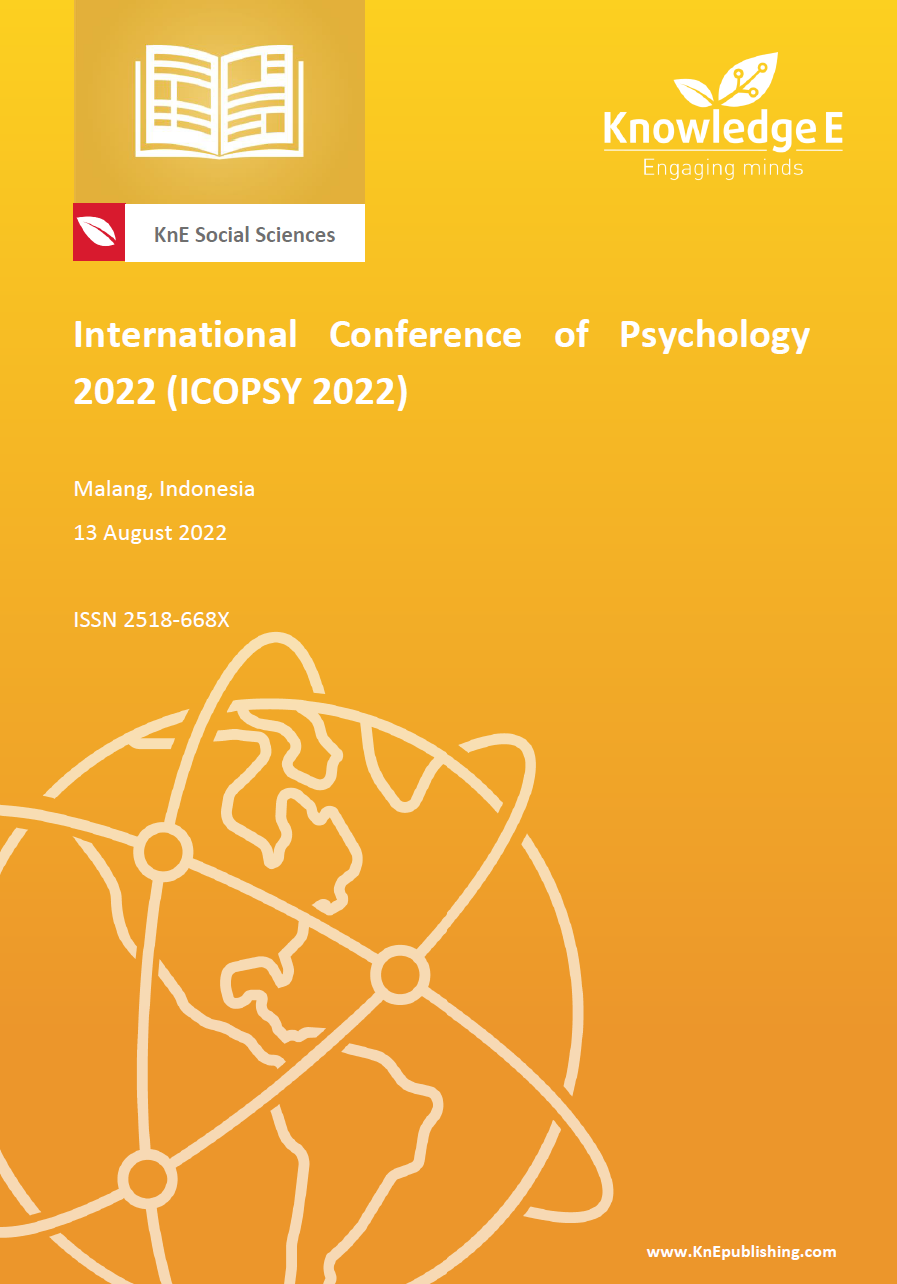Factors Affecting Digital Literacy in Young Adults
DOI:
https://doi.org/10.18502/kss.v7i18.12396Abstract
The purpose of this study was to find out the influence of demographic factors, internet use, and smartphone use on young adult digital literacy. This is a quantitative research. The research subjects were young adults aged between 18-24 years using convenience sampling so that 184 people were collected. The research instrument uses a digital literacy scale, The Questionnaire of Experiences Related to the Internet (TQERI) and The Questionnaire of Experiences Related to the Mobile Phone (TQERMP). Data collection was carried out online via Google form for 7 days in July 2022. Based on the results of data analysis, it was found that partially only smartphone use had a significant effect on digital literacy (sig = .069) while internet use did not. But simultaneously, both significantly affect digital literacy (sig= .001). Both can predict 8.2% of digital literacy. The influencing demographic factor is sex, especially women who tend to have higher digital literacy than men (sig=.024, =-1.012). The demographic factor of the area of residence cannot predict the level of digital literacy (sig=.935, =-.182).
Keywords: digital literacy, internet, smartphone, demographic
References
[2] Antoninis. Digital literacy skills: From a framework to a measure. 2019; http://uis.unesco.org/en/blog/digital-literacy-skills-framework-measure
[3] Beaton, Bombardier C, Guillemin F, Ferraz, M B. Guidelines for the process of crosscultural adaptation of self-report measures. Spine. 2000;25(24):3186–3191.
[4] Blume K A Kinkead J. Digital literacy & young adult literature. He Utah English Journal. n d. 37.
[5] Brown Bobkowski P S. Older and newer media: Patterns of use and effects on adolescents’ health and well-being: Older and newer media. Journal of Research on Adolescence. 2011; 21(1):95–113. https://doi.org/10.1111/j.1532-7795.2010.00717.x
[6] Ceobanu C, Boncu Ş. The challenges of the mobile technology in the young adult education. Procedia-Social and Behavioral Sciences. 2014;142:647–652.
[7] Cordell R M. Information literacy and digital literacy: Competing or complementary? Communications in Information Literacy. 2013;7(2):14.
[8] Dinata K B. Literasi digital dalam pembelajaran daring. Eksponen. 2021;11(1):20–27. https://doi.org/10.47637/eksponen.v11i1.368
[9] Fardiah D. Anticipating social media effect: Digital literacy among Indonesian adolescents. International Journal of Multidisciplinary and Current Educational Research. 2021;3(3):206-218.
[10] Gilster P. Digital literacy. New York: Wiley Computer Pub; 1997.
[11] Kaufman S B, DeYoung C G, Gray J R, Jiménez L, Brown J, Mackintosh N. Implicit learning as an ability. Cognition. 2010;116(3):321–340. https://doi.org/10.1016/j.cognition.2010.05.011
[12] Kenton J, Blummer B. Promoting digital literacy skills: Examples from the literature and Implications for academic librarians. Community & Junior College Libraries. 2010;16(2):84–99. https://doi.org/10.1080/02763911003688737.
[13] Nawaila M B, Kanbul S, Mustapha S W. Is this risky? Accessing digital literacy Level among young Adults in TRNC. Journal of Learning and Teaching in Digital Age. 2019;4(2):25–32.
[14] Ng W. Can we teach digital natives digital literacy? Computers & Education. 2012;59(3):1065 1078. https://doi.org/10.1016/j.compedu.2012.04.016
[15] Stanovich K E. Distinguishing the reflective, algorithmic, and autonomous minds: Is it time for a tri-process theory? In Evans J, Frankish K, editors. In two minds: Dual processes and beyond. Oxford University Press; 2009. p. 55–88. https://doi.org/10.1093/acprof:oso/9780199230167.003.0003
[16] Stroud C, Walker L R, Davis M, Irwin C E. Investing in the health and well-being of young adults. Journal of Adolescent Health. 2015;56(2):127–129. https://doi.org/10.1016/j.jadohealth.2014.11.012
[17] Syah R, Darmawan D. Pemanfaatan media sosial instagram sebagai literasi visual pada pendidikan orang dewasa [Visual Literacy’s Utilization of Social Media Instagram On Adult Education]. Jurnal AKRAB. 2019;10(1):71–80. https://doi.org/10.51495/jurnalakrab.v10i1.276
[18] Syah R, Darmawan D, Purnawan A. Analisis faktor yang mempengaruhi kemampuan literasi digital. Jurnal AKRAB. 2019;10(2):60–69. https://doi.org/10.51495/jurnalakrab.v10i2.29
[19] Urbancikova N, Manakova N, Ganna B. Socio-economic and regional factors of digital literacy related to prosperity. Quality Innovation Prosperity. 2017;21(2):124. https://doi.org/10.12776/qip.v21i2.942

